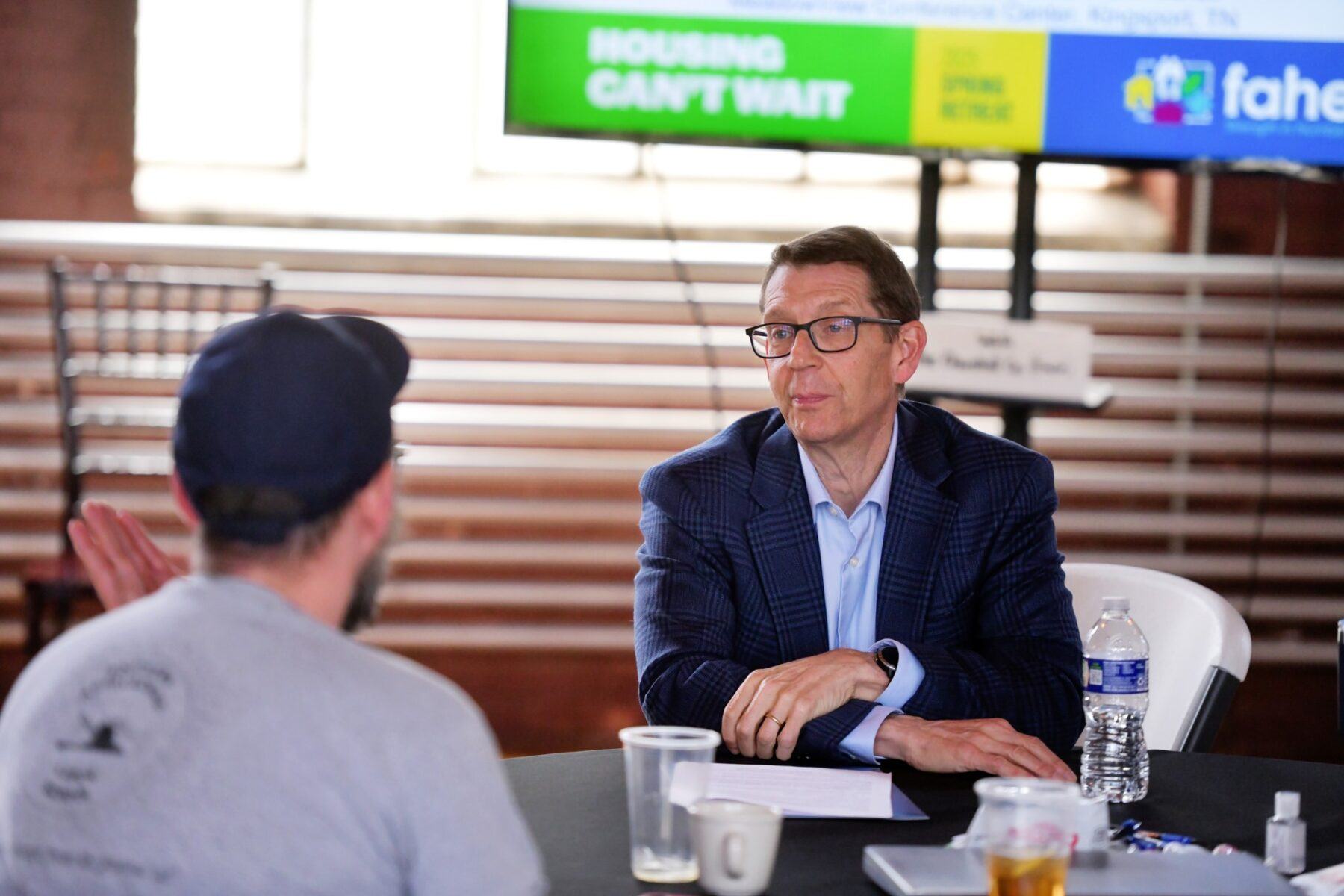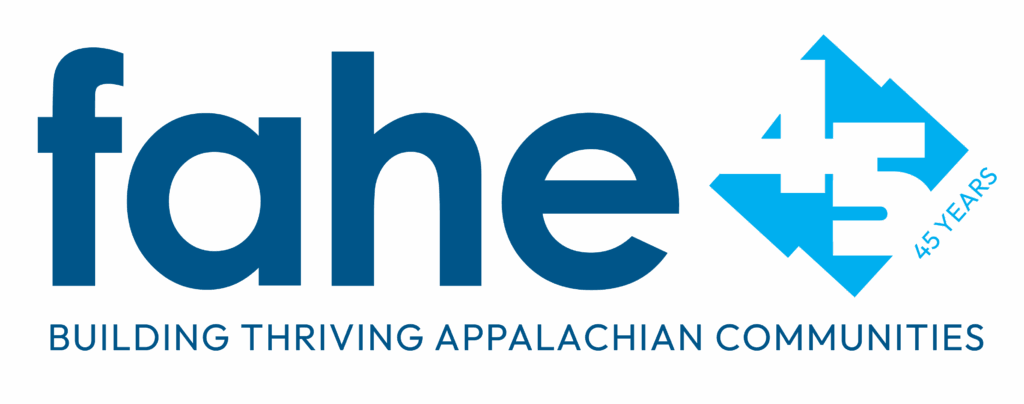
Jim King, CEO Reflects on Fahe’s 45th Anniversary
An anniversary is a time to reflect back and look forward. Fahe CEO Jim King explains how three fundamental principles, that Members have cultivated for 45 years, lay an important foundation as the organization moves into a constructive future.
Nurturing a culture of trust
People in rural places rely on having good neighbors and being a good neighbor, at Fahe we embrace that. The original eight organizations that formed Fahe realized that they had more in common than they thought, and that they were stronger together than apart. They joined in advocacy work on the federal and state level for their communities.
Serving Appalachia, our resilient Member Network has become known for a bit of scrappiness. We have learned to make do and have had to overcome a lot of odds. But we have also proven that there is something powerful about a committed group of people who trust each other.
Over the years, we have built a culture of performance and success that is very empowering to our work and our communities. Rather than competing for limited resources, we work together and increase available resources. We know that in the long run our successes attract more resources and opportunity to our region.
Fahe Members approach problems believing we are in charge of what happens next and we have resources.
When we come together, we don’t just respond to circumstances—we shape them.
Achieving ambitious goals
Our work has grown exponentially in 45 years. In 1980, Members served 150 households; in 2024, we produced 8,000 homes. That didn’t just happen. Throughout our history, we have said that doing what we know how to do is not enough. The challenges of our region are big and so our solutions demand that we take the risk of working together for solutions that are also at scale, even when it feels risky.
In 2005, Fahe issued a quadrupling 10-year production challenge. In our first 20 years, we grew to 30 Members who had built a total of 37,253 housing units at the rate of about 2,000 a year, good work but not enough given the need and demand. The 2005 performance challenge was achieved one year early when we served 8,725 households in 2014. Our successes were achieved in spite of a steady stream of adversity: rural development funding cuts, recessions, COVID-19, and an unprecedented rise in housing costs.
In this 45th year, we have challenged ourselves to double production in the next five years—by 2030. That means building or rehabilitating 60,000 homes and securing $3 billion in funding from federal, private, and philanthropic sources.
We know how to do this. We have done it before.
Getting there means growing capacity on both a local and regional scale and we are already on our way. We are creating new financing solutions like our Inspire 100 mortgage product. We are strengthening our leadership development about leading change. We are driving innovation with solar-ready construction and Dreambuild modular housing.

Providing housing expertise
In Kentucky, our staff join a weekly conversation with the governor’s staff on high ground communities and disaster recovery work. Being recognized in the state for doing something nobody else can do created a mind shift for our leadership. Fahe has the momentum and experience to be seen as a trusted partner in housing work.
We are leaning in harder on new partnerships like this. We are raising new forms of capital for CDFIs with the Federal Home Loan Bank System of Cincinnati and launching a multifamily initiative with the Ford Foundation. Rather than waiting for an invitation, we are creating the table. This is our home, we know what needs to happen, and we are inviting others to be part of our solution.
We do what we can in the part of country we are rooted in, but I also believe there are ways our collaboration can raise a broader rural voice on a national level. Fahe can bring a lot of value to the national conversation by representing rural parts of the country.
In 45 years, Fahe Members have:
- Invested $5 billion into Appalachia
- Served over 1 million households
- Proven that together, we can break the cycle of poverty and help people build a future of opportunity
